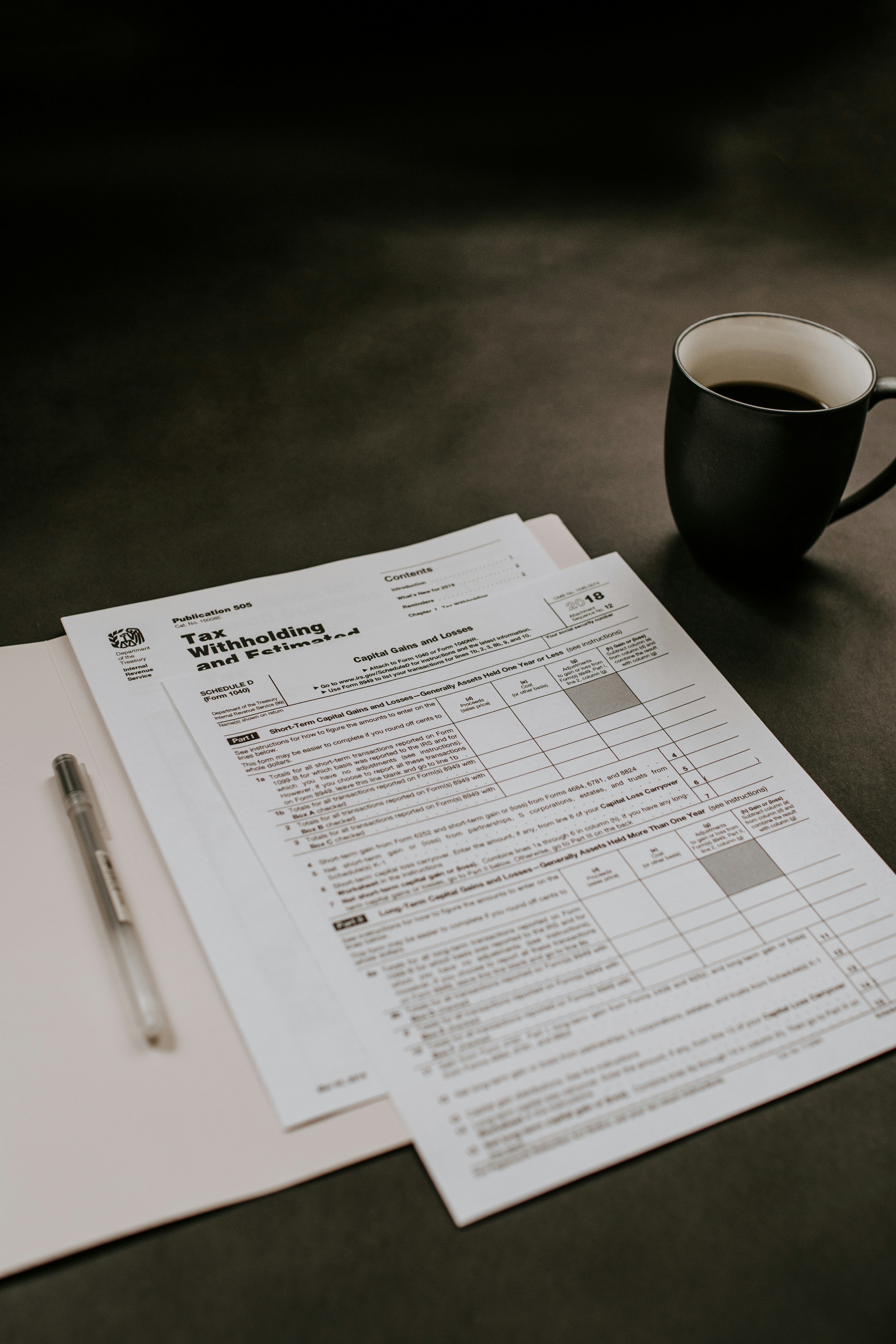Analyzing the Economic Impact of Rising Interest Rates in 2025
As central banks worldwide respond to inflationary pressures, rising interest rates have become one of the most debated topics in global finance. This analysis delves into the economic implications of increased borrowing costs, their effects on consumers and businesses, and the potential long-term consequences for the global economy.
Image Source: Unsplash
Why Are Interest Rates Rising?
In response to post-pandemic economic recovery and persistent inflation, central banks have increased benchmark interest rates to curb excessive spending and stabilize prices. Factors driving this trend include:
- Inflation Control: Higher rates discourage borrowing and spending, which can help reduce inflationary pressures.
- Economic Recovery: Robust economic growth has led central banks to normalize monetary policy after years of near-zero rates.
- Global Trends: The Federal Reserve, European Central Bank, and Bank of England have all signaled continued rate hikes, influencing other economies to follow suit.
Impact on Consumers
For consumers, higher interest rates mean increased costs for borrowing. Key areas affected include:
- Mortgages: Adjustable-rate mortgages are becoming more expensive, leading to higher monthly payments and reduced affordability for homebuyers.
- Credit Cards: Rising interest rates directly impact variable-rate debt, making credit card balances more costly to carry.
- Savings Accounts: On the positive side, savers benefit from higher interest on deposits, encouraging more robust saving habits.
Image Source: Unsplash
Impact on Businesses
For businesses, rising interest rates pose unique challenges and opportunities:
- Borrowing Costs: Higher rates increase the cost of financing expansions, which can deter investment and slow growth.
- Profit Margins: Companies reliant on debt may face shrinking margins as interest expenses rise.
- Sector-Specific Effects: Industries such as real estate and construction are particularly vulnerable to reduced consumer spending and higher financing costs.
Global Economic Implications
On a macroeconomic level, rising interest rates have broader implications:
- Currency Strength: Higher rates tend to strengthen national currencies, making exports less competitive but reducing import costs.
- Emerging Markets: Countries with high levels of foreign-denominated debt may struggle as their repayment costs rise.
- Economic Slowdown: Aggressive rate hikes risk triggering recessions if borrowing and spending decline too sharply.
Image Source: Unsplash
Long-Term Outlook
While rising interest rates are a necessary tool to combat inflation, their long-term effects will depend on how economies adapt. Key areas to monitor include:
- Consumer Behavior: Will higher savings rates offset reduced spending?
- Corporate Strategy: How will businesses navigate higher borrowing costs while maintaining growth?
- Policy Adjustments: Will central banks successfully manage the delicate balance between controlling inflation and avoiding economic stagnation?
Conclusion
The rising interest rate environment presents both challenges and opportunities. For consumers and businesses, adapting to these changes will require careful planning and financial discipline. Policymakers must tread carefully to ensure that inflation is brought under control without stifling economic growth.
As we navigate this complex period, understanding the interplay between interest rates, economic activity, and global markets will be crucial for making informed decisions and preparing for the future.




